A quick of a view
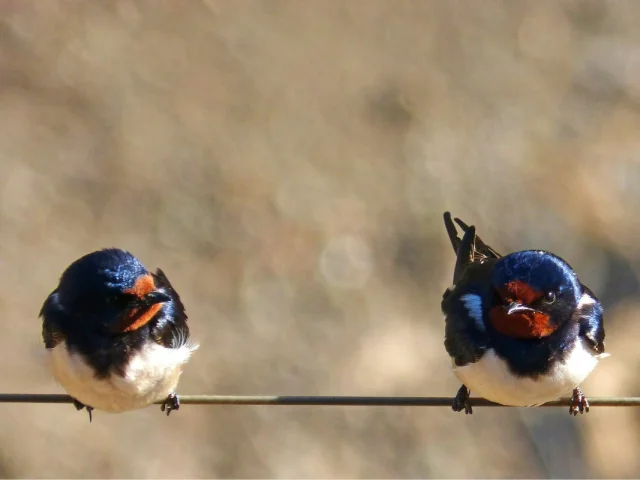 Hirondelles
Hirondelles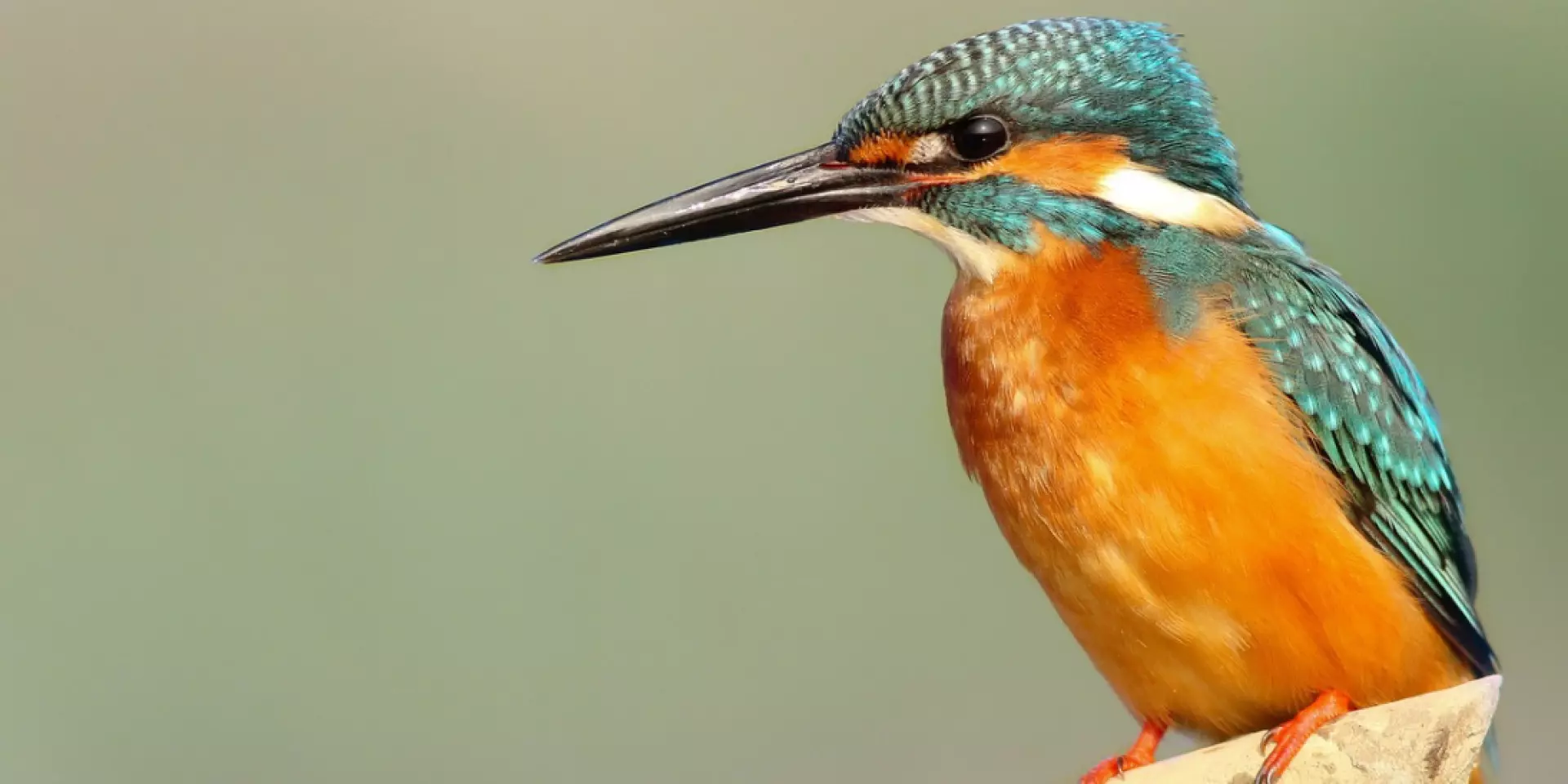 Martin-pêcheur
Martin-pêcheur Hirondelles
HirondellesOf course, swallows can be seen in almost every region of France. But in Haute-Vienne, we’re lucky enough to be able to observe 3 of the 4 species of these small passerines: the Rock Swallow, the Barn Swallow and the House Swallow. The latter two are the easiest to observe, as they nest close to people, in or on buildings. Swallows generally return to the place where they were born. They find nests to restore, or build new ones. Between March and April, pairs form and nest building takes 1 to 2 weeks. At this time, you can observe an incessant coming and going in barns and windows. However, since the 1980s, swallow numbers have been plummeting: -40% for barn swallows and -74% for window swallows in 20 years. The main reason for this is that old buildings are less accessible to swallows than they used to be.
Barn swallows and House mart ins: all over the region, mainly in the quiet countryside, on farms and near older buildings.
Rock swallows: wherever there are rocky slopes to nest on. In Haute-Vienne, these include Mont Larron in Saint-Julien-le-Petit and Martineix in Bujaleuf.
As for the fourth species of swallow, theshore swallow, the rarest of the four, you’ll be lucky enough to catch a glimpse of it at our neighbors in Correze, near Astaillac and Larche.
A pudgy little passerine with shimmering colors (especially for the male), the tree chaffinch has a wide biotope: it can be found in the mountains, on the seashore or in the middle of the city. Like the blackbird, robin and sparrow, the tree finch is part of our daily lives.
A very common breeder. It loves forests, orchards, parks and gardens. Everything that makes up our lovely Limousin countryside!
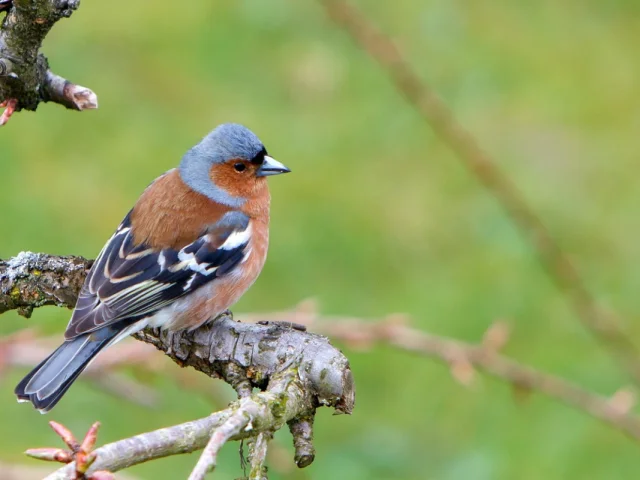 Pinson des arbres
Pinson des arbres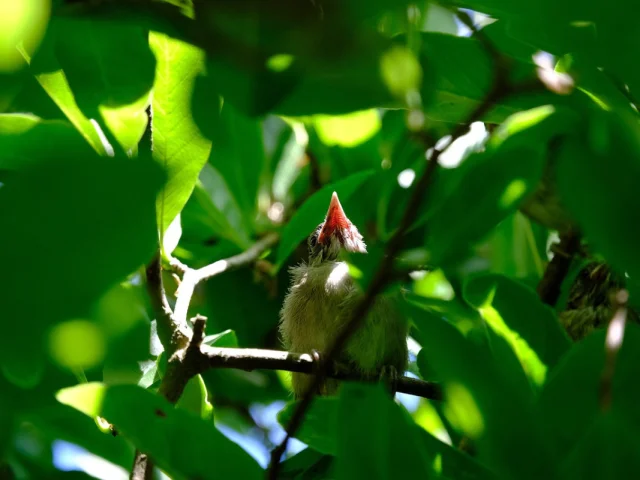 Fauvette
FauvetteA small, active, short-billed passerine, warblers can often be recognized by their musical chirping. The pitchou warbler is difficult to observe, preferring wilderness far from towns and villages. It is much more shy than its neighbors, the garden warbler and black-capped warbler, which come easily to feed at feeders.
In France, it is a very rare bird, seen exclusively in the south of the Haute-Vienne, at La Roche l’Abeille and Cieux. Be careful not to disturb it too much if you’re lucky enough to see it. It would be a shame for a little bird with such a cute name to leave our land!
Garden Warblers and Black-headed Warblers can be seen everywhere in forests, parks and gardens.
Easily identified by the scarlet red color of its plumage, the scarlet bullfinch cannot be confused. It is almost always in the presence of its mate. In winter, the pair joins small groups.
Reported to nest in Haute-Vienne, mainly west of Limoges.
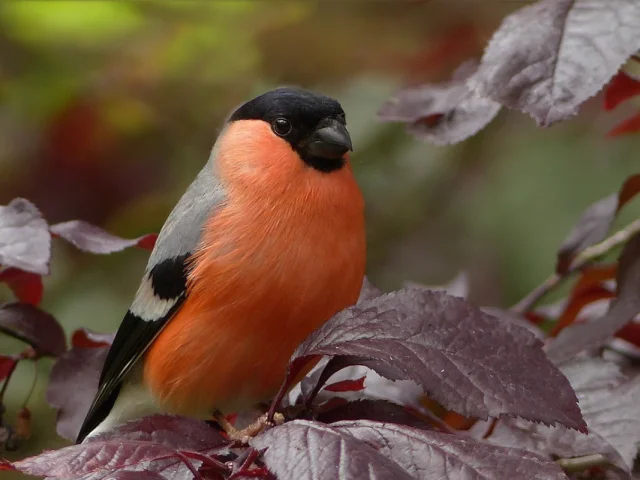 Bouvreuil Pivoine
Bouvreuil Pivoine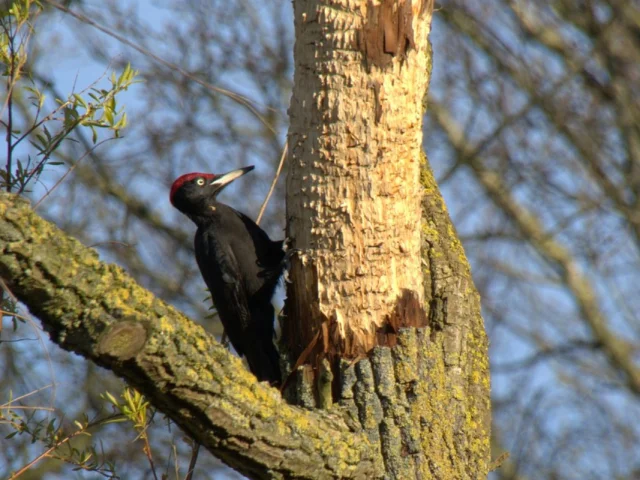 Pic noir
Pic noirFar from any human habitation, in the heart of isolated forests, the largest of woodpeckers lives alone, in immense forests. With its shiny black plumage and red cap, the black woodpecker is a misanthrope whose presence can only be betrayed by its high-pitched call and the pounding of its long beak on tree bark. To observe it discreetly, let your ears guide you and you may just catch a glimpse of this noble and shy bird.
Our advice for observing the Black Woodpecker: Put your ears to the ground and follow the Etang des Landes hiking trail in Saint-Paul. You’re bound to come across one!
Also belonging to the passerine family, the Crossbill has the anatomical peculiarity of an asymmetrical beak, which gives it its name. It feeds on spruce seeds, hence its presence in areas where maritime or mountain pines predominate. If you think you’ve ever seen one, you’re in luck! Normally rare, it is sometimes present in our region, depending on weather conditions in Scandinavia, where nesting populations are higher. Some years, it literally invades our pine woods, only to disappear completely a few days later. The Fir Crossbill has a fast, bouncing flight, with sequences of rapid beats interspersed with brief pauses.
In the pine forests of the Monts d’Ambazac, usually during their summer migration; but in some years, groups of individuals may remain all year round, provided their preferred food, conifer seeds, are in abundance.
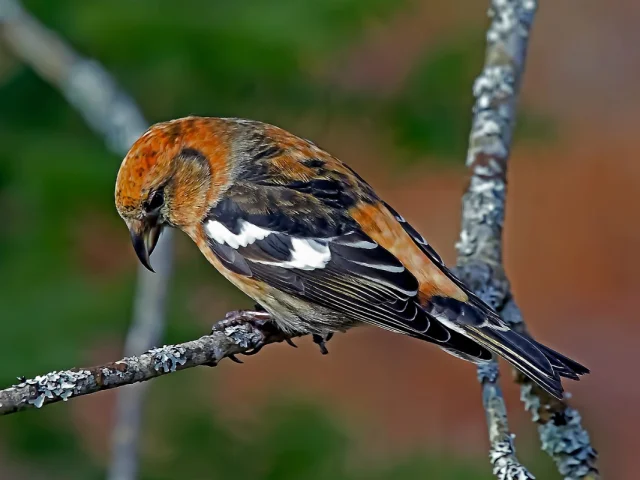 Bec-croisé des sapins
Bec-croisé des sapins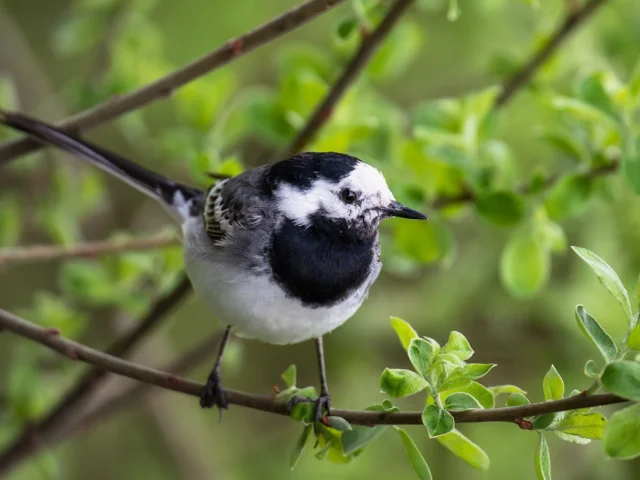 Bergeronnette grise
Bergeronnette griseA species that readily cohabits with man, it finds refuge around houses, both in towns and in the countryside. On the ground, although slender-looking, it walks and runs with small, hurried steps. Like its creek cousin, it also wags its tail up and down, giving it the nickname “hochequeue”.
Common breeder. Present everywhere, with high concentrations around Saint-Junien and Lake Vassivière. You’ll easily find it in small, quiet villages, as it is particularly fond of perching on the corner of a roof, from which it utters little chirps to signal its presence.
With its long, suspended tail, the wagtail flies from rock to rock along watercourses. It hunts insects on the surface of the water or on the bank. Its flight is characteristic; never very long, with rapid wingbeats, undulations and vertical oscillations of the tail that have given it the nickname of “hoche-queue”.
A common bird in Limousin, which is a well-watered region, the wagtail is found everywhere. The highest concentrations are found in the foothills of the Limousin mountains, where numerous streams gush forth.
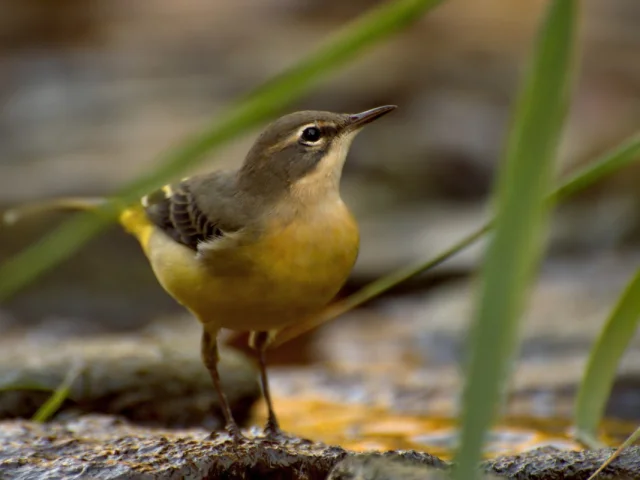 Bergeronnette des ruisseaux
Bergeronnette des ruisseaux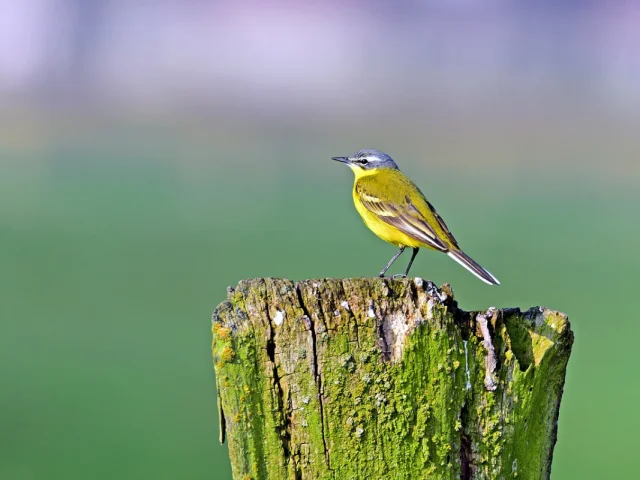 Bergeronnette printanière
Bergeronnette printanièreThe yellowest of the three wagtails, it flies like its cousins, with a pendulous tail. Its short, low flights and distinctive way of trotting along the ground to capture insects are very characteristic of the wagtail. Present almost everywhere in summer, the spring wagtail prefers the banks of rivers or marshes. There are three types of Yellow Wagtail: Flava, Flavissima and Iberia.
Mostly seen on migration throughout the Limousin region (present from April to October).
The red warbler is a small, very discreet aquatic warbler that frequents phragmites reedbeds. It moves from stem to stem. Rarely seen in the open, it betrays its presence only by its song during the breeding season.
A migrant, it is present from April to October in the north-east of Haute-Vienne, and has been reported in Azat-le-Ris in particular.
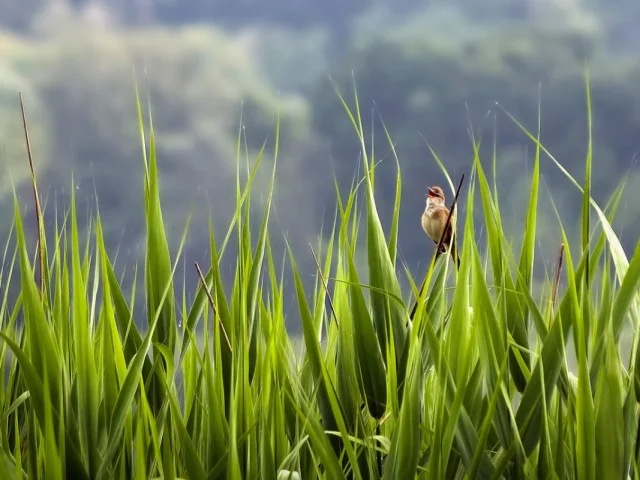 Rousserolle effarvatte
Rousserolle effarvatte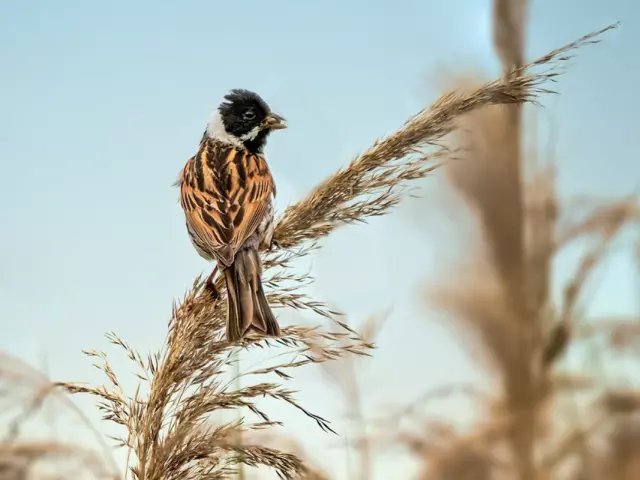 Bruant des roseaux
Bruant des roseauxBurants form a large family, with five representatives found in the Limousin. The reed bunting is totally dependent on wetlands. The others, Proyer Sparrow, Yellow Sparrow, Crazy Sparrow and Wizzie Sparrow, belong to the lowland and forest bird family. Throughout our country, the proyer bunting is the most common; but in Limousin, it’s the yellow bunting, with its high-pitched song that brightens up the countryside in summer, that is the most commonly observed. The wizzard bunting, which is very fond of insects, is suffering due to the intensification of agriculture and the use of insecticides. The lesser mad bunting, also sedentary, is confined to the southeast quarter of the region.
Reed Bunting: In eastern Haute-Vienne during breeding season, and throughout Haute-Vienne in winter.
Yellow sparrow: Throughout the region
Proyer Sparrow: Throughout the Haute-Vienne department (with a lower density in the south).
Booby sparrow: Mainly on the Millevaches plateau
Wisent sparrow: Observable throughout the département.
A small passerine, undulating in the air as it chirps, the rush cisticola is an insectivore and thrives in low vegetation, where it spends most of its days feeding and only sticks out its beak to survey its territory.
Its presence in the region is very patchy, and it avoids hilly areas. It has been reported nesting in the north-western Haute-Vienne, particularly at Nouic and Lussac-les-Eglises.
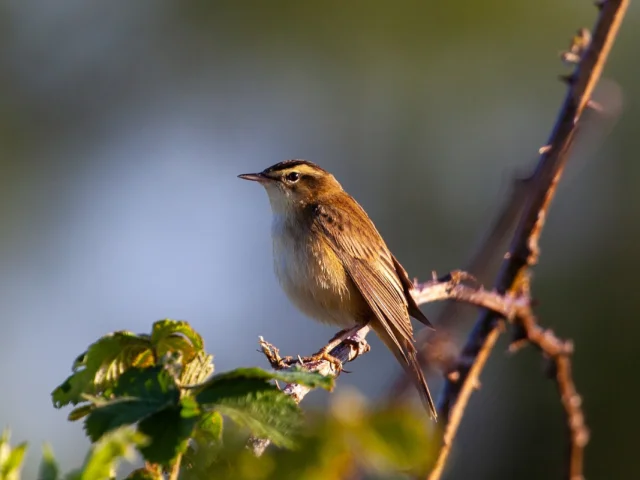 Cisticole des joncs
Cisticole des joncs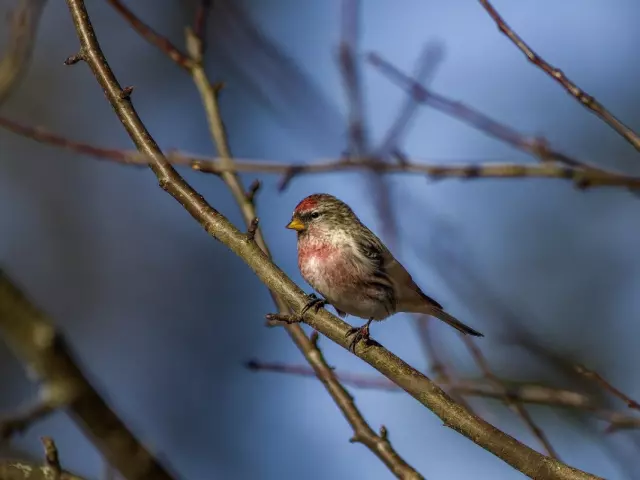 Sizerin flammé
Sizerin flamméA winter visitor to Limousin, the common redpoll looks somewhat like the common linnet with its pink breast, especially during the breeding season when the male’s colors are brighter. But it differs in its biotope. Whereas the linnet prefers open habitats, the redpoll is a tree passerine, with a preference for birch, whose seeds it loves. It can be observed in birch woods, where it flits from tree to tree in orderly bands, describing a vast circle before returning to the initial tree.
A rare bird, it has been reported sporadically in Creuse (Saint-Vaury) and Haute-Vienne, at Saint-Léger-la-Montagne and Linards.
The tawny owl: the owliest of owls! At least the best-known, it is the most abundant nocturnal bird of prey in France. Yet it’s easier to hear than to see, since it’s the queen of daytime camouflage.
Less well known but almost as common as the BarnOwl , it can sometimes be seen in the morning when the sun rises and it is resting on a post or branch after a night’s hunting.
Like a ghost,the Barn Owl can surprise us on a stroll at dusk or dawn. Its swift, silent flight makes it a formidable hunter.
The long-eared owl blends into its environment. A pure nocturnal, it spends its nights hunting rodents and its days sleeping in dormitories. It is one of the rare birds of prey to live in a group. Preferred habitat? A hedge close to an open space, or a small coniferous wood.
Tawny owl: Everywhere in the region.
Athena’s owl: Likes open spaces, more common in the west of the region than in the east.
Barn Owl: Present everywhere in Limousin, except above 800 m altitude. It can be found in attics, dovecotes, barns and, of course, bell towers.
Long-eared owl: Not very common, it can be found in the south of Haute-Vienne.
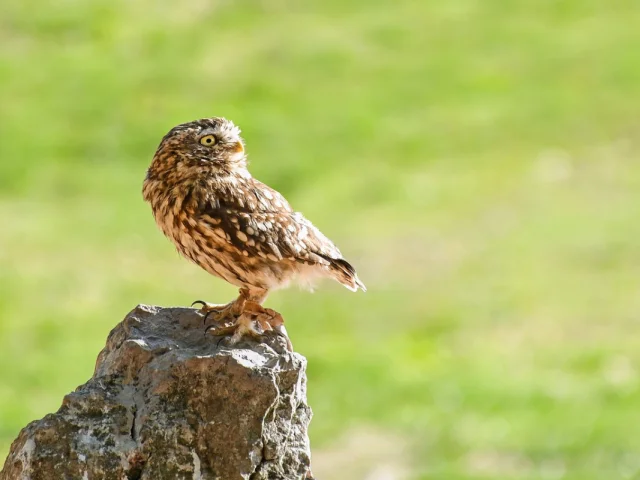 Chouette chevêche d'Athéna
Chouette chevêche d'Athéna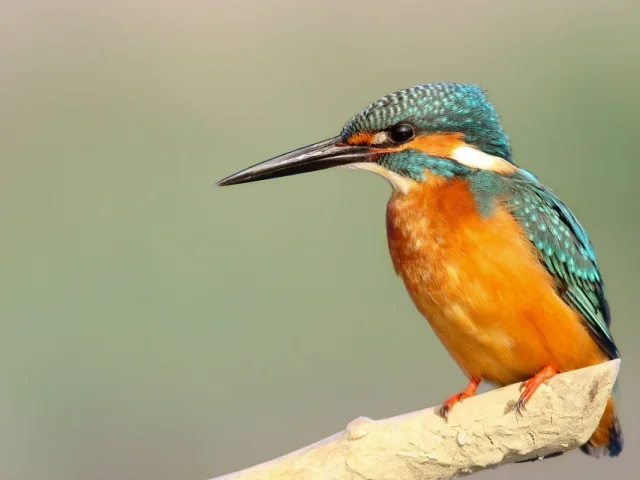 Martin-pêcheur
Martin-pêcheurThis small list of birds that can be observed in Haute-Vienne is obviously not exhaustive. For further information, here is a more complete list of birds that can be seen in Haute-Vienne, taken from Thomas Brosset and Hélène de Saint-Do’s book“Les oiseaux du Limousin” :
Among the passerines : flycatcher, woodlark, dipper, goldfinch, starling, whitethroat, blackcap and garden warbler, wood creeper and garden creeper, music thrush, wood thrush, grey and black flycatchers, grosbeak, hoopoe, hypolaïs polyglotte, linnet (Vassivière, Monts d’Ambazac and Basse-Marche only), spotted locustelle (north of Haute-Vienne only), oriole, kingfisher, blackbird, ringed blackbird (rare, observed only on the Millevaches plateau), blue tit, boreal tit (in the Monts d’Ambazac and on the Millevaches plateau only), great tit, long-tailed tit, black tit (likes coniferous trees, therefore mainly found in the Limousin hills to the east of the region, such as the Plateau de Millevaches), great tit (in the Monts d’Ambazac only), house sparrow, fritillary sparrow, bark shrike, red-headed shrike (west of the Haute-Vienne : basse-marche and north of Limoges only), grey shrike (plateau de Millevaches only), northern chaffinch, spioncelle pipit (in winter), meadow pipit (in winter), tree pipit, swift sparrow, whistling sparrow, Bonelli’s sparrow (west of Haute-Vienne only), great crested kinglet, triple-banded kinglet, nightingale (northern Haute-Vienne, Basse-Marche only), robin, black redstart, redstart, cinereous meadowlark, torchepot nuthatch, whinchat, meadow sparrow, alder tarin, woodchat, wren, greenfinch.
Corvid passerines: jackdaws, rooks, carrion crows, jays, ravens, magpies.
Among the pigeons: pigeon, rock pigeon, wood pigeon, collared dove, turtle-dove, turtle-dove
Cuculidae: gray cuckoo
Among apodids: black swift
Among waders: Woodcock (in the Monts d’Ambazac), Jack Snipe and Common Snipe (throughout Haute-Vienne), Common Yellowlegs, Redshanks and Redshanks (on migration, on all the region’s ponds and waterholes) and Barking Sandpiper (on the waterholes of the Basse-Marche in Haute-Vienne), petit gravelot, grand gravelot (Pouge and Lavaud ponds), oedicnème criard (Basse-Marche), golden plover (wintering in northern Haute-Vienne), lapwing (wintering throughout Haute-Vienne, breeding in northern Haute-Vienne).
Among rallids: coot (northern Haute-Vienne), moorhen, water rail (central Haute-Vienne).
Among diurnal birds of prey : northern goshawk (wherever there is woodland), osprey (during migration, can be seen wherever there is water), buzzard (present throughout the region in summer), marsh harrier (Flavignac, Saint-Léger-la-Montagne), harrier, common buzzard, sparrowhawk, kestrel, merlin (western Haute-Vienne), hobo falcon, peregrine falcon (along the Vienne and Gartempe rivers), black kite, red kite.
Among nocturnal birds of prey: Little owl, tawny owl, barn owl, long-eared owl (southern half of Haute-Vienne).
Among the ardeidae: great egret (present in winter with a high density in Haute-Vienne), grey heron (high concentration in Haute-Vienne), cattle egret (in winter, frequents the meadows of Haute-Vienne).
Ciconiidae: white and black storks (occasionally seen in Haute-Vienne on migration).
Among the gruidae: the grey crane (on spring and autumn migration south-west of Limoges, at Flavignac in particular).
Caprimulgidae: European nightjar (seen throughout the region, with a greater number of sightings west of the Haute-Vienne).
Among gallinaceous birds: meadow quail (on the cereal-growing plains of Haute-Vienne), colchis pheasant, red-legged partridge (present on the western fringe of Haute-Vienne).
Among woodpeckers: spotted woodpecker, black woodpecker, green woodpecker, ant-torcola (in the center of the département).
Among the larids: Yellow-legged Gull (on the waterways of Haute-Vienne), Black-headed Gull (present in winter in western Haute-Vienne).
Among sulids: the great cormorant (wintering only).
Among Anatidae : Mute swan (a few breeding pairs in north-western Haute-Vienne), Gadwall (wintering throughout northern Haute-Vienne), Mallard, Pintail (occasional wintering in northern Haute-Vienne), Wigeon, Shoveler, Tufted duck and Scaup (all four wintering on Haute-Vienne lakes), goosander (wintering on Lac de Vassivière, Lac de Saint-Pardoux, Lac du Pont-à-l’Âge, Etangs de la Pêcherie and Lavillemichelle), greylag goose (wintering on most of Haute-Vienne’s lakes), teal (reported to breed in Basse-Marche and to winter throughout Haute-Vienne).
Among the podicipedids & gaviids: great crested grebes and little grebes.
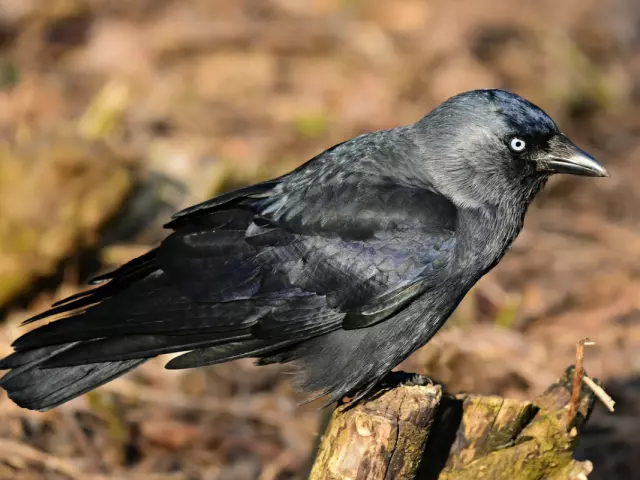 Choucas des tours
Choucas des tours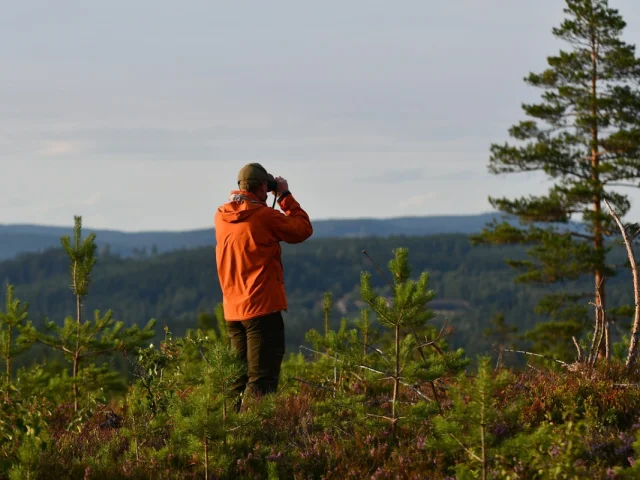 Observation des oiseaux
Observation des oiseaux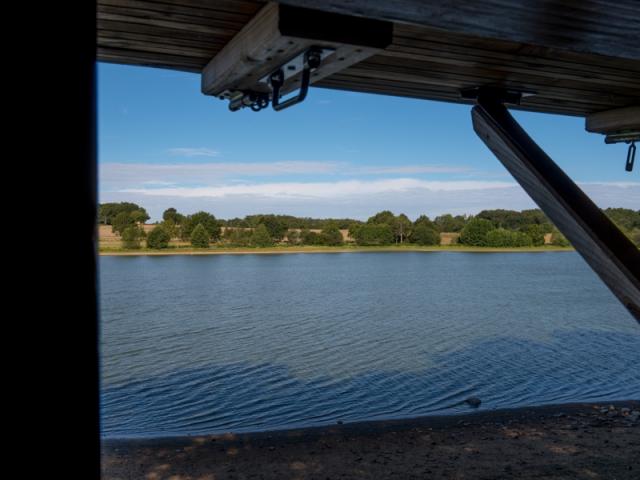 Vue observatoire ornithologique de l'étang de la Pouge
Vue observatoire ornithologique de l'étang de la Pouge